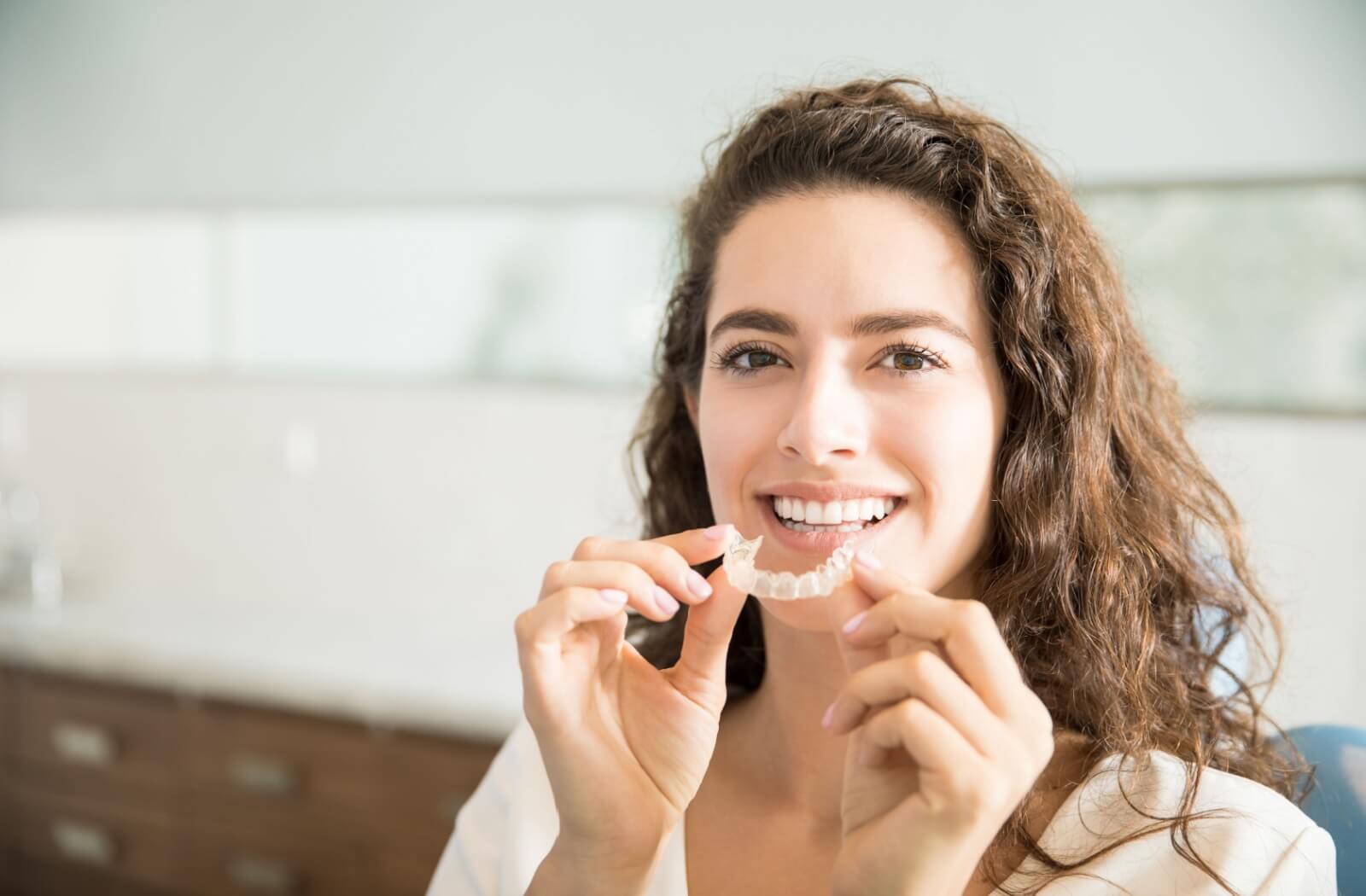What Are the Different Types of Braces?

If you're considering braces to improve your smile or address dental concerns, there are several types designed to meet different needs, preferences, and budgets. Understanding these options can lead to easier decision-making and prepare you for a successful orthodontic treatment.
Traditional metal braces, ceramic braces, lingual braces, and clear aligners are common braces readily available today. Whether you're looking for a classic solution or something more discreet, your dentist can help determine which type of braces best suit your unique needs.
When Do You Need Braces?
Braces are orthodontic appliances designed to help straighten teeth, correct bites, and improve overall oral health. They work by applying continuous pressure over time to reposition teeth into their ideal alignment.
Braces are typically recommended to address orthodontic issues, such as:
- Overcrowding
- Teeth gaps
- Improper bites (underbite, overbite, crossbite)
Left untreated, these problems may lead to more serious dental complications. Many people look to straighten their teeth for cosmetic reasons, but your dentist may also recommend braces as a preventive measure to preserve your oral health.
Types of Braces
With so many different types of braces, it can be difficult to determine which ones are right for you. Understanding the different types and their benefits can help you make an informed decision.
Traditional Braces
Traditional metal braces are the most recognizable type available. They use high-quality stainless steel brackets attached to the teeth and a metal archwire to connect the brackets and apply pressure on the teeth.
Traditional braces offer the following benefits:
- They can effectively help treat a wide range of orthodontic concerns.
- They are typically the most affordable option available.
- They offer some modern designs that are smaller and more comfortable than older versions.
- They are ideal for patients with more complex dental issues that require precise adjustments.
Ceramic Braces
Ceramic braces function similarly to metal braces but are made with clear or tooth-coloured ceramic materials. In contrast to traditional braces, they are typically less noticeable.
Ceramic braces offer the following benefits:
- They can blend in with the natural colour of your teeth, offering a discreet look.
- They are effective for mild to moderate dental corrections.
However, ceramic braces are also:
- Larger and more fragile than metal brackets.
- More prone to staining, requiring diligent oral hygiene.
Self-Ligating Braces
Self-ligating braces look similar to traditional metal braces but use built-in clips or doors to hold the archwire in place instead of elastic bands.
Self-ligating braces offer the following benefits:
- They reduce friction between the wire and brackets, often making adjustments more comfortable.
- They have shorter annual treatment times due to reduced resistance
- They are a good choice for patients looking for a quicker, more comfortable treatment process.
However, these braces may be less effective for more severe cases of tooth alignment.
Palate Expanders
Palate expanders are not like traditional braces, but they are orthodontic devices that help widen a narrow upper jaw. Like braces, palate expanders can help address orthodontic issues like crowded or crooked teeth, impacted teeth, and misaligned bites.
Palate expanders offer the following benefits:
- They are fitted in the roof of the mouth to gradually widen the upper jaw.
- There are various types of palate expanders to suit different dental needs.
While palate expanders can be used at any age, they are most effective when children’s mouths are still developing and flexible.

Clear Aligners (Invisalign)
Invisalign is an orthodontic treatment that involves a series of custom-made clear aligners. These removable plastic trays gently and gradually shift teeth into their ideal position to address a wide range of orthodontic concerns.
Invisalign offers the following benefits:
- They are transparent and virtually invisible when worn.
- They are removable, making it easy to eat, drink, and brush without restrictions.
- They require fewer follow-up appointments.
- They are suitable for patients with mild to moderate alignment issues.
However, because clear aligners are removable, it’s important to wear them for 20–22 hours a day for optimal results.
Since the aligners need time to apply controlled force on the teeth, wearing them for less than 20 hours a day will reduce their effectiveness and potentially prolong the treatment plan.
Retainers
While not a type of braces, retainers are often the final step of any orthodontic treatment to help maintain the achieved results of the treatment. Retainers can be removable or fixed, but they should be worn as directed by your dentist to prevent teeth from shifting back.
How to Choose the Right Braces for You
Your choice of braces can depend on several factors, including:
- Dental needs: Severity of your alignment or bite issues.
- Aesthetics concerns: Importance of visibility or discretion.
- Budget: Costs related to materials, orthodontist appointments, and maintenance.
- Lifestyle and preferences: Comfort, convenience, ease of cleaning, and overall routine.
- Professional recommendations: Your dentist can guide you toward the best solution for your unique case.
Discuss your priorities, concerns, and lifestyle with your dentist to determine the ideal type of braces for you.
Start Towards Your Dream Smile Today
Braces help address bite and teeth misalignment to restore the appearance and function of your smile.
Take the first step toward your dream smile and contact our team at Little Italy Dentistry today to book a consultation. Remember, a straighter smile is just the beginning of improved oral health and confidence.